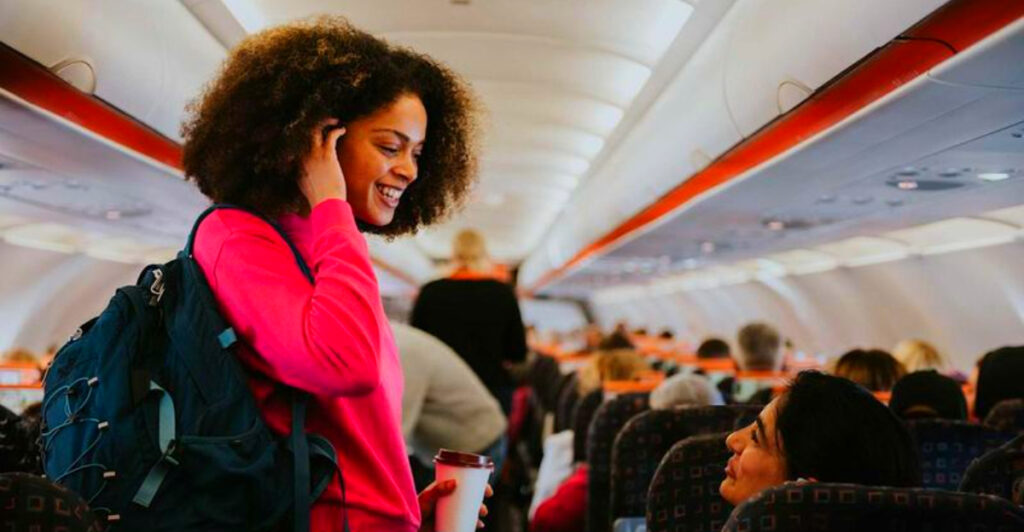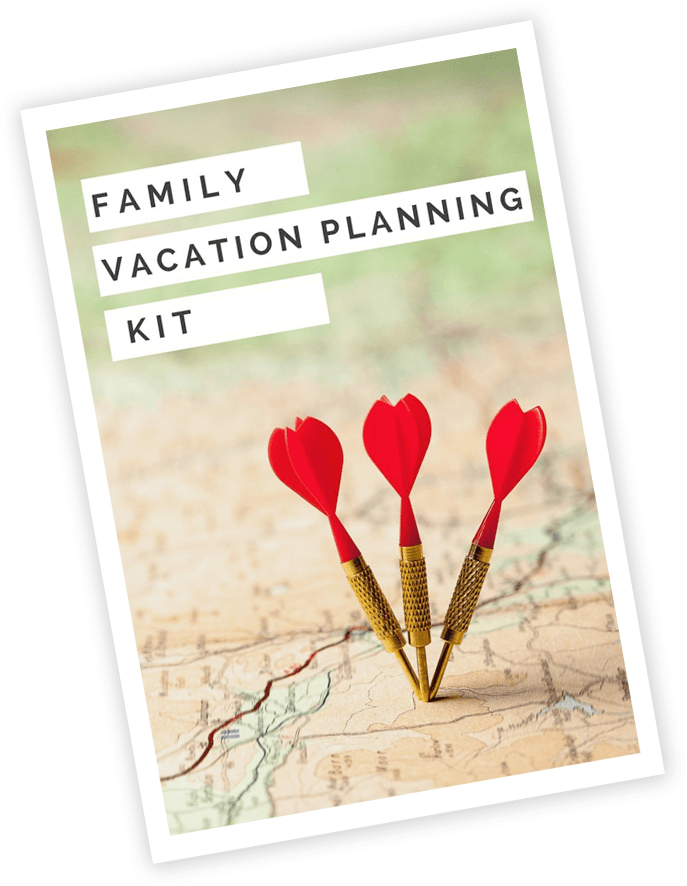You’ve just settled into your carefully chosen window seat when someone taps your shoulder asking to switch places. Your heart rate spikes as you wonder what to do next. Airplane seat requests happen more often than you’d think, and knowing how to handle them can save you stress and awkwardness. Whether you’re dealing with desperate parents or pushy passengers, having a game plan makes all the difference.
1. Know Your Rights as a Passenger
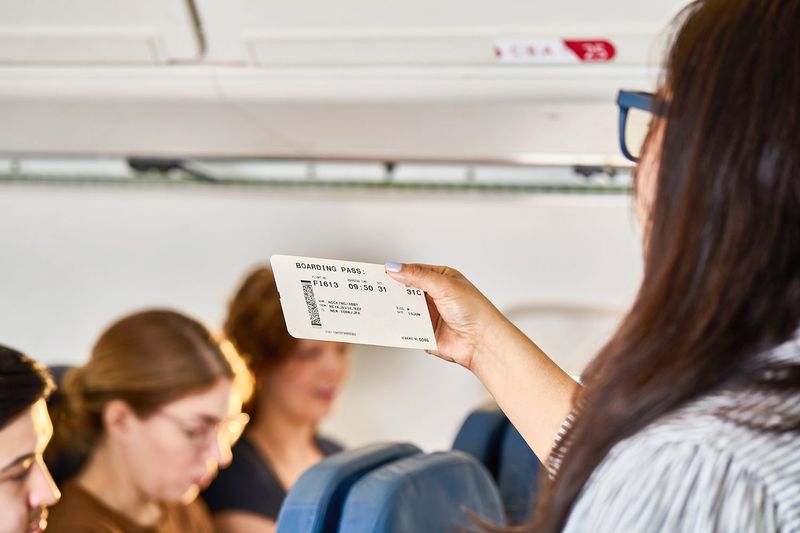
That boarding pass in your hand isn’t just a ticket—it’s your legal claim to a specific seat. Airlines assign seats based on your booking, and you have zero obligation to give up what you paid for.
Maybe you splurged on extra legroom or specifically chose an aisle seat for easy bathroom access. Your comfort matters too, and there’s nothing selfish about wanting to keep what you reserved.
Remember this golden rule: being asked doesn’t mean you must say yes. Your seat belongs to you from takeoff to landing, period.
2. Respond with Kindness First
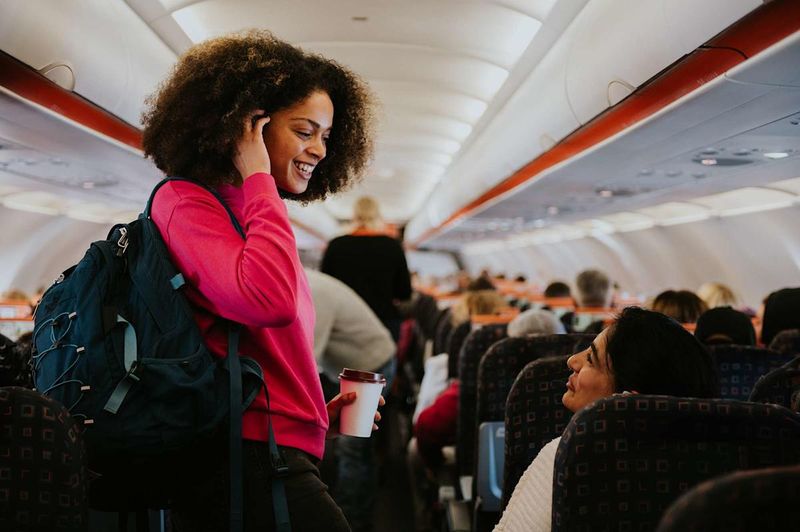
When someone approaches you about switching seats, your first reaction sets the entire tone. A warm smile and friendly acknowledgment can prevent things from getting heated, even if you plan to decline.
Try saying something like “Thanks for asking, but I’d really prefer to stay here.” This simple phrase shows respect while establishing your boundary clearly.
Avoid being defensive or rude right off the bat. Most people asking aren’t trying to be difficult—they’re just hoping for a solution to their own travel puzzle.
3. Ask About Their Reasoning

Curiosity can be your best friend in these situations. Understanding why someone wants to switch helps you make a more informed decision about whether to accommodate them.
Sometimes it’s a parent desperate to sit near their anxious child, or a couple celebrating their anniversary who got separated during booking. Other times, it might be someone with mobility issues who needs easier aisle access.
Learning their story doesn’t obligate you to help, but it gives you the full picture. You might discover their request is more urgent than you initially thought.
4. Evaluate What You’re Getting

Not all seat swaps are created equal, and you shouldn’t accept a downgrade just to be nice. If someone offers their middle seat for your aisle, that’s hardly a fair trade.
Compare legroom, proximity to bathrooms, and seat type carefully. An aisle-for-aisle swap might work fine, but trading your emergency exit row for a cramped spot near the galley? That’s a hard pass.
Smart travelers also consider flight length. A less-than-ideal seat might be tolerable for an hour but miserable for a cross-country journey. Your comfort counts, especially on longer flights.
5. Stand Your Ground When Necessary

Some people don’t take the first “no” as a final answer. They might try guilt trips, sob stories, or persistent pleading to wear you down.
Stay strong with phrases like “I understand your situation, but I need to keep this seat.” You don’t owe anyone a detailed explanation about your medical needs, anxiety, or personal preferences.
Firm doesn’t mean mean. You can be sympathetic to their plight while still protecting your own interests. Your travel comfort isn’t less important than theirs, no matter what they might imply.
6. Get Flight Attendants Involved

When conversations turn tense or someone won’t accept your refusal, it’s time to call in the professionals. Flight attendants handle these situations daily and know exactly how to defuse conflicts.
Press your call button or catch a crew member’s attention during their walk-through. Explain the situation calmly: “This passenger is asking me to switch seats, and I’ve declined, but they’re continuing to pressure me.”
Cabin crew can often find creative solutions, like locating other available seats or speaking directly with the requesting passenger. Let them be the bad guy if needed.
7. Consider Compassionate Exceptions
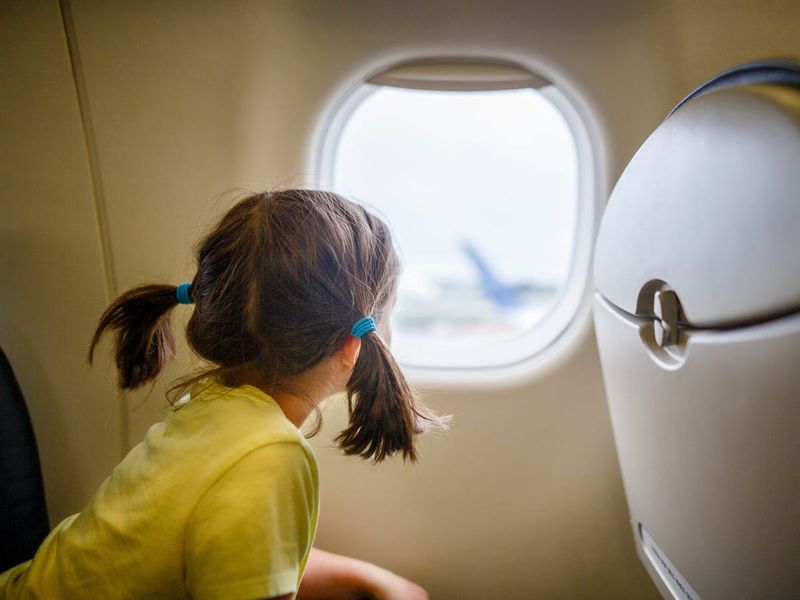
While you’re never required to move, some situations genuinely tug at the heartstrings and might be worth your flexibility. A parent separated from a scared toddler or someone with a disability needing specific accommodations deserves extra consideration.
Maybe the alternative seat isn’t worse—just different. If helping someone doesn’t significantly impact your comfort, small acts of kindness can make someone’s entire trip better.
Trust your gut on these decisions. If something feels off or too pushy, stick with your original choice. But genuine emergencies might warrant bending your rules slightly.
8. Prevent Future Requests
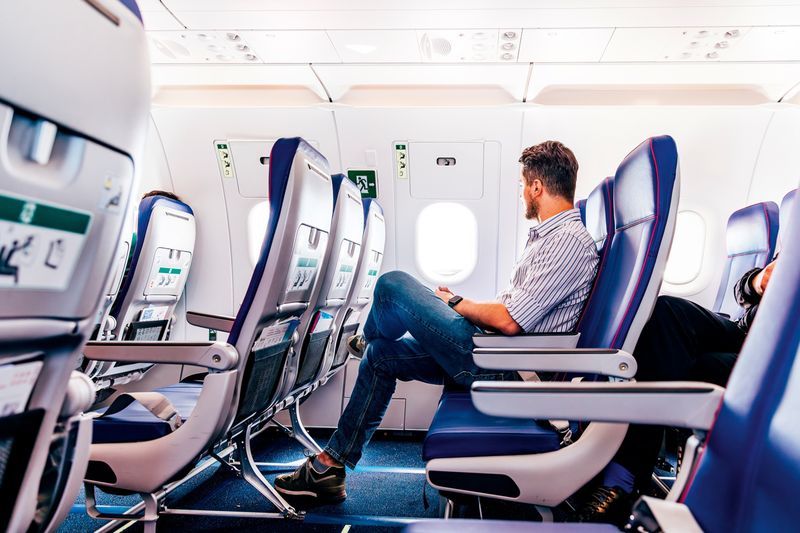
The best way to handle seat requests is to avoid them entirely. Book early and select your preferred seat during the reservation process, not at the gate when options are limited.
Pay for seat upgrades if specific placement matters to you. That extra fee for guaranteed aisle access or extra legroom is worth it if avoiding confrontation is important.
Board on time or early when possible. Late boarders sometimes assume empty-looking seats are available, not realizing someone’s coming. Being settled in your seat before the rush helps establish your rightful claim clearly.

